Regulatory Support and Policy Frameworks
The Europe Renewable Energy Infrastructure Market benefits from robust regulatory support and comprehensive policy frameworks that promote renewable energy adoption. Governments across Europe have established ambitious targets for reducing greenhouse gas emissions, with many countries aiming for net-zero emissions by 2050. This regulatory environment encourages investments in renewable technologies, as it provides a clear roadmap for developers and investors. For instance, the European Union's Green Deal aims to mobilize investments of over 1 trillion euros in sustainable projects. Such initiatives not only enhance the attractiveness of the Europe Renewable Energy Infrastructure Market but also foster innovation and technological advancements in renewable energy solutions.
Growing Consumer Demand for Sustainable Energy
There is a notable shift in consumer preferences towards sustainable energy solutions, which is driving the Europe Renewable Energy Infrastructure Market. As awareness of climate change and environmental issues increases, consumers are increasingly seeking renewable energy options for their homes and businesses. This trend is reflected in the rising number of households opting for solar panels and energy-efficient appliances. Additionally, corporate sustainability initiatives are prompting businesses to invest in renewable energy sources to meet their environmental commitments. According to recent surveys, over 70% of European consumers express a preference for renewable energy, indicating a strong market demand that is likely to propel the growth of the Europe Renewable Energy Infrastructure Market.
Technological Advancements in Renewable Energy
Technological advancements play a pivotal role in shaping the Europe Renewable Energy Infrastructure Market. Innovations in solar, wind, and energy storage technologies have led to increased efficiency and reduced costs, making renewable energy sources more competitive with traditional fossil fuels. For example, the cost of solar photovoltaic systems has decreased by approximately 80% over the past decade, significantly enhancing their market penetration. Furthermore, advancements in offshore wind technology have enabled the deployment of larger turbines, which can generate more energy. These technological improvements not only bolster the growth of the Europe Renewable Energy Infrastructure Market but also contribute to achieving energy security and sustainability goals.
Increased Focus on Energy Security and Independence
The Europe Renewable Energy Infrastructure Market is experiencing a heightened focus on energy security and independence. As geopolitical tensions and energy supply disruptions become more prevalent, European nations are prioritizing the development of domestic renewable energy sources to reduce reliance on imported fossil fuels. This strategic shift is evident in the increasing investments in wind, solar, and biomass energy projects across the continent. For instance, countries like Germany and Denmark are leading the way in wind energy production, significantly contributing to their energy independence. This emphasis on energy security not only strengthens the resilience of the Europe Renewable Energy Infrastructure Market but also aligns with broader sustainability objectives.
Investment in Energy Efficiency and Infrastructure Upgrades
Investment in energy efficiency and infrastructure upgrades is a critical driver for the Europe Renewable Energy Infrastructure Market. Governments and private entities are increasingly recognizing the importance of modernizing existing energy infrastructure to accommodate renewable energy sources. This includes upgrading transmission lines, enhancing grid resilience, and implementing smart grid technologies. The European Commission has allocated substantial funding for infrastructure projects aimed at improving energy efficiency, with an estimated 100 billion euros earmarked for energy transition initiatives. Such investments not only facilitate the integration of renewable energy into the grid but also enhance overall energy security and reliability within the Europe Renewable Energy Infrastructure Market.


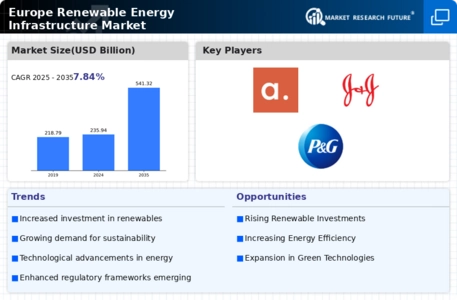
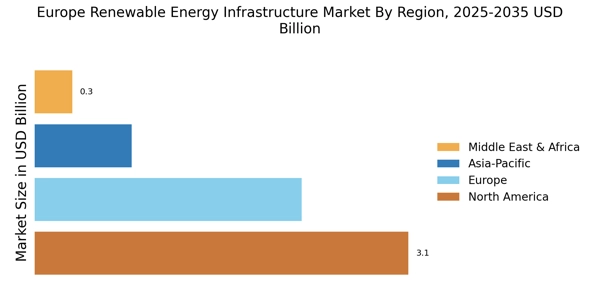

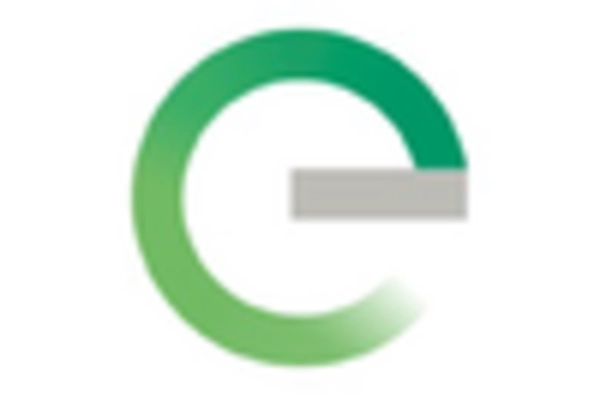
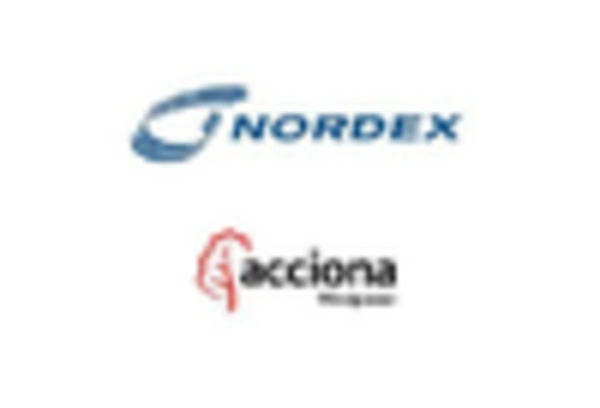
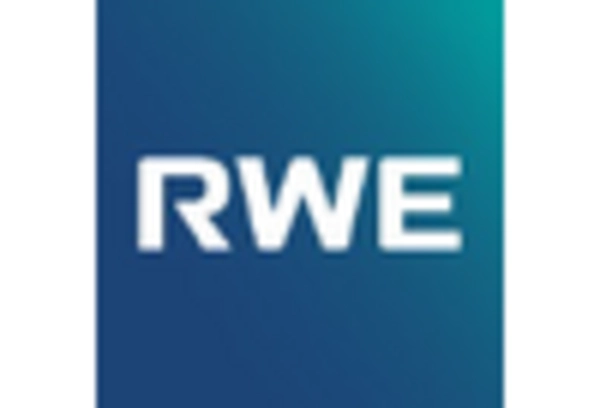
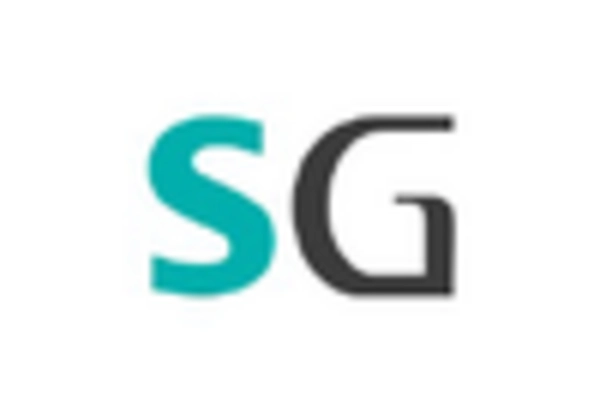









Leave a Comment